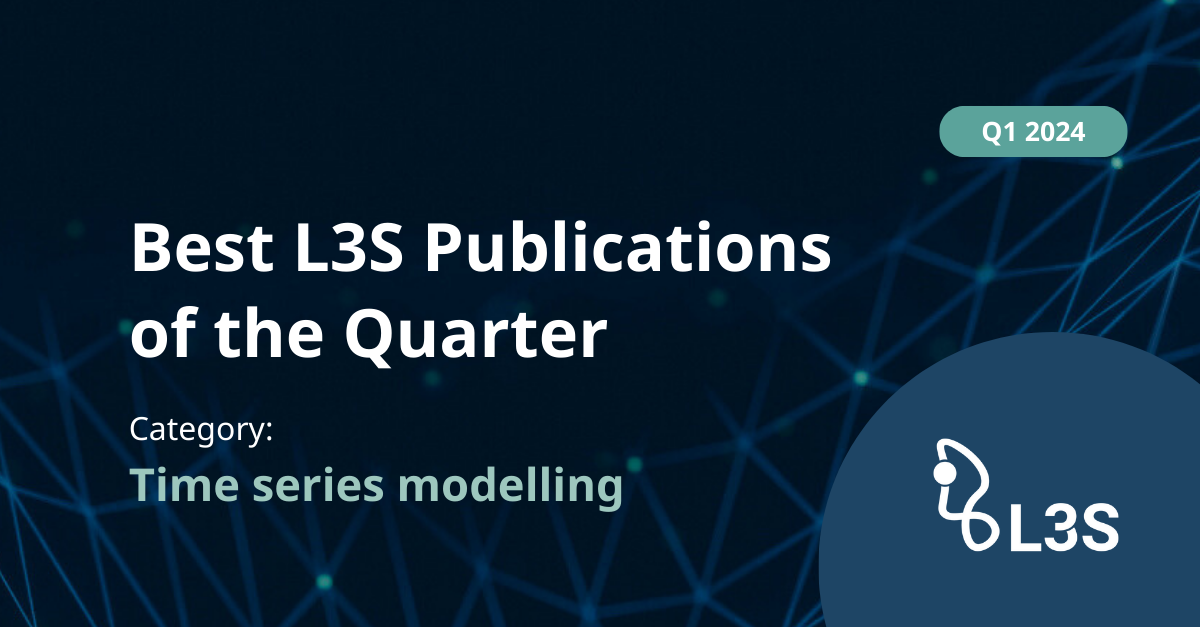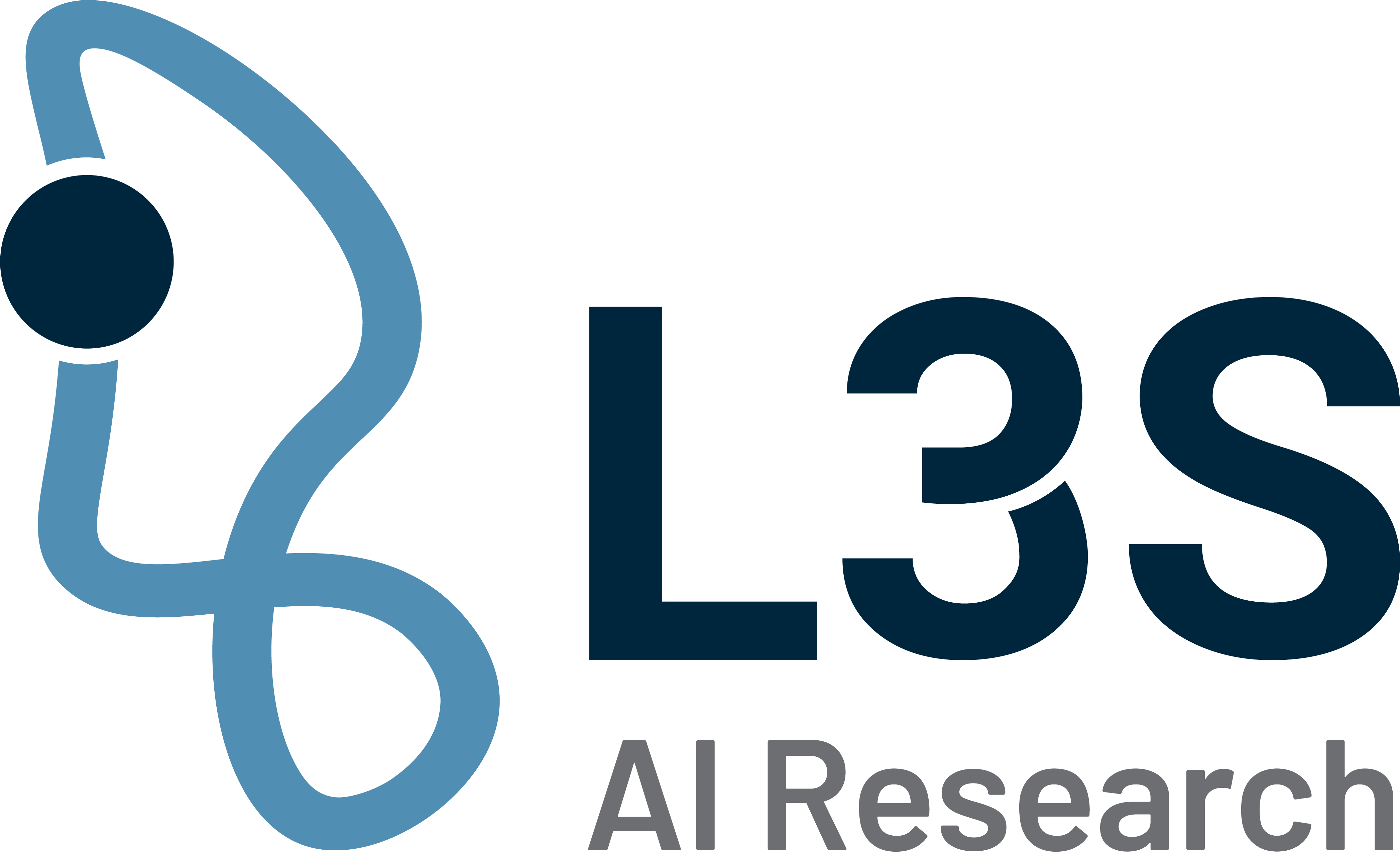L3S Best Publication of the Quarter (1/2024)
Category: Time series modelling
MTS2Graph: Interpretable Multivariate Time Series Classification with Temporal Evolving Graphs
Authors: Raneen Younis, Abdul Hakmeh, Zahra Ahmadi
Published in the Q1 journal “Pattern Recognition Journal”
https://www.sciencedirect.com/science/article/pii/S0031320324002371?via%3Dihub
The paper in a nutshell:
Our research introduces MTS2Graph, a new framework for classifying multivariate time series (MTS) data, which is crucial in fields like healthcare and finance. Unlike traditional methods, our approach constructs a graph that captures the temporal relationships between extracted patterns, enhancing interpretability and accuracy. This framework helps visualize the decision-making process, making it easier to understand and trust, especially in critical applications.
Which problem does the research solve?
Our research addresses the challenge of making deep neural network decisions in multivariate time series classification both interpretable and reliable. Traditional methods often function as ‘black boxes,’ making it challenging to comprehend or trust their outputs. MTS2Graph overcomes this by visualizing the influential patterns and their temporal dynamics, thereby opening up new avenues for analysis and understanding in complex, real-world datasets.
What is the potential impact of the findings?
The potential impact of our findings is significant, especially in domains that necessitate high trust and transparency in automated decisions, such as healthcare, finance, and legal sectors. By enhancing the interpretability of neural network decisions, our framework can assist professionals in these fields in understanding and validating automated insights, thereby fostering broader adoption and trust in AI technologies.
What is new about your research?
Our research is novel in its approach to combining convolutional neural networks with graph theory to improve both the interpretability and accuracy of time series classification. The MTS2Graph not only aids in better understanding the neural network’s decision-making but also improves classification performance by leveraging the temporal relationships in data more effectively than existing methods.


